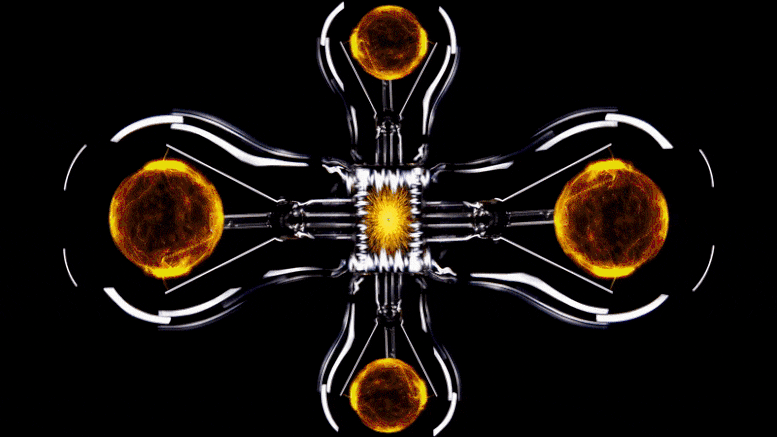
He is an assistant professor at the University of Bologna in Italy and a visiting research fellow at the Flatiron Institute’s Center for Computational Quantum Physics (CCQ) in New York City.
The challenging quantum problem concerns how electrons behave as they move on a gridlike lattice.A visualization of a mathematical apparatus used to capture the physics and behavior of electrons moving on a lattice.Using machine learning, scientists reduced the problem to just four equations.
That’s because when electrons interact, their fates can become quantum mechanically entangled.
One way of studying a quantum system is by using what’s called a renormalization group.Unfortunately, a renormalization group that keeps track of all possible couplings between electrons and doesn’t sacrifice anything can contain tens of thousands, hundreds of thousands, or even millions of individual equations that need to be solved.
Di Sante and his colleagues wondered if they could use a machine learning tool known as a neural network to make the renormalization group more manageable.First, the machine learning program creates connections within the full-size renormalization group.
The program’s output captured the Hubbard model’s physics even with just four equations.
He and his collaborators are also investigating just what the machine learning is actually “learning” about the system.
Ultimately, the biggest open question is how well the new approach works on more complex quantum systems such as materials in which electrons interact at long distances.In addition, there are exciting possibilities for using the technique in other fields that deal with renormalization groups, Di Sante says, such as cosmology and neuroscience.
September 26, 2022